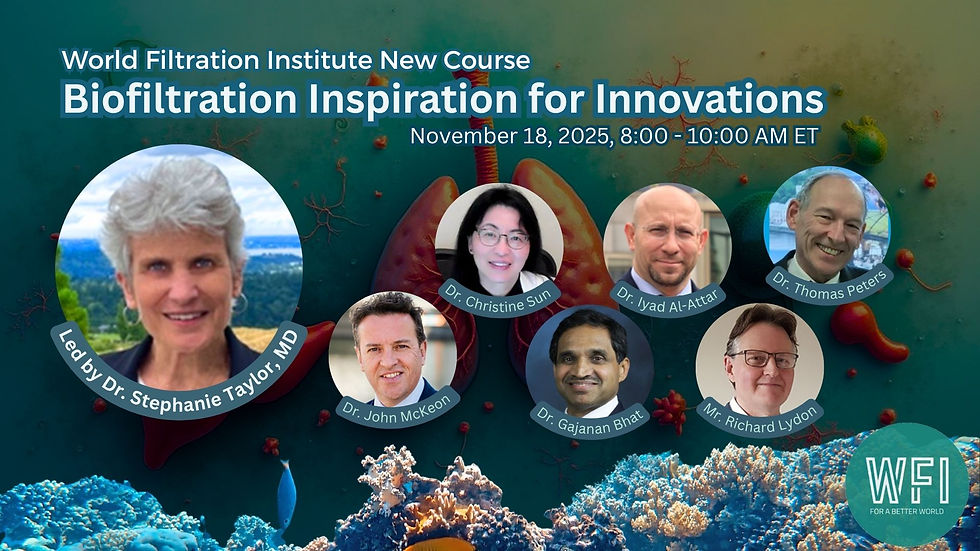Recent Advances in Assessing the Role of Respiratory Droplets in the Spreading of COVID-19
- Camilla Gomes da Silva

- Oct 2, 2020
- 2 min read
Updated: Oct 6, 2020

In an effort to connect our presenters with the participants, WFI is launching a series of posts to reveal what you can expect in our conference. In this issue, we are very proud to present Dr. Abhishek Saha and his topic at WFI 2020.

Dr. Abhishek Saha, University of California San Diego, USA
Prof. Saha is a faculty member in the Department of Mechanical and Aerospace Engineering at the University of California San Diego. In general, Prof. Saha’s research encompasses areas of combustion and droplets in relation to power generation, propulsion and manufacturing. When COVID19 forced the research labs to shut down and the scientific community started looking at various aspects of the pandemic, Prof. Saha and his collaborators from University of Toronto and Indian Institute of Science started exploring how their experience in mechanical and aerospace engineering can provide answers to some of the unknown questions regarding the pandemic. This international collaboration resulted in some interesting insights in the role of transport of droplets in disease transmission, which can be valuable in modeling the growth of pandemic, planning public health policies and identifying materials for protective masks. In his talk, Prof. Saha will give an overview of some of their key findings. Among other awards, Prof. Saha received the Outstanding Dissertation Award from University of Central Florida for his PhD work on transport and instabilities in acoustically levitated droplets.
Abstract of Dr. Saha's Presentation
Recent advances in assessing the role of respiratory droplets
in the spreading of COVID-19
Respiratory droplets play a critical role in the transmission of the SARS-CoV2 virus, responsible for the current COVID-19 pandemic. Hence, it is important to understand and analyze the mechanisms of evaporation, precipitation, and transport of these droplets ejected from our oral or nasal cavities during respiratory events such as sneezing, coughing, talking, or breathing. In this talk, he will highlight some key aspects which control the lifetime of these droplets and connect it to a pandemic model in an effort to assess the growth in the infected population. We will also discuss the relative probabilistic contributions from droplets vs. aerosol in the transmission of this virus at given ambient climate conditions. He will conclude the presentation with a note on the importance of masks in restricting the transmission of respiratory droplets and show how improperly designed masks can have severely opposite effects.
Want to discover more about the conference? Find out more in the link below:
Acknowledgment of Sponsors

